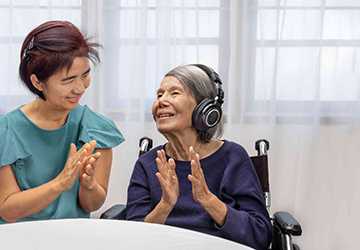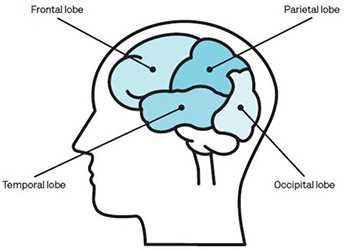2. Family Involvement: Spend quality time with family and friends.
3. Virtual Connections: Use technology to stay connected with loved ones who are far away.
4. Consistent Interaction: Aim for regular social engagement, whether in person or virtually.
5. Music Therapy
Music has therapeutic benefits that can enhance cognitive function and emotional well-being. Music therapy involves listening to, creating, or moving to music.
Step-by-Step Guide:
1. Select Familiar Music: Choose songs that the patient enjoys or has a personal connection to.
2. Create Playlists: Compile playlists for different moods and activities.
3. Interactive Sessions: Encourage the patient to sing along, play instruments, or dance.

4. Consistency: Integrate music therapy into the daily or weekly routine.
6. Art Therapy
Art therapy allows patients to express themselves creatively, which can stimulate brain activity and improve cognitive function.
Step-by-Step Guide:
1. Provide Supplies: Gather art materials such as paints, brushes, pencils, and paper.
2. Set Up a Comfortable Space: Create a dedicated area for art activities.
3. Encourage Creativity: Allow the patient to choose their projects and express themselves freely.
4. Display Artwork: Showcase their creations to boost self-esteem and provide a sense of accomplishment.
7. Cognitive Stimulation Therapy (CST)
Cognitive Stimulation Therapy is a structured program that involves a variety of activities designed to improve cognitive function.
Step-by-Step Guide:
1. Find a Program: Look for CST programs offered by healthcare providers or community centers.
2. Group Sessions: Participate in group activities that stimulate memory, problem-solving, and language skills.
3. Home Exercises: Supplement group sessions with at-home exercises provided by the CST program.




